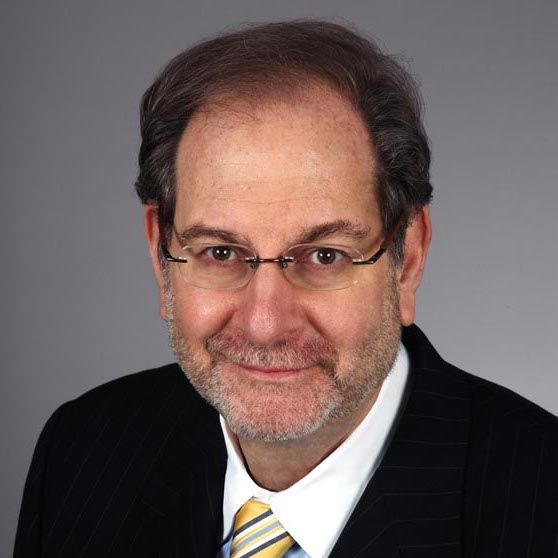Article
Vorolanib via Durasert Provides Safe Treatment of Wet AMD Through 12 Months
Author(s):
A phase 1 trial of the investigative drug suggests its promise in a novel strategy of managing patients with retinal fluid.
David S. Boyer, MD

Investigative combination therapy vorolanib delivered viable erodible Durasert (EYP-1901) is associated with long-term safety and efficacy signals for patients previously treated for wet age-related macular degeneration (AMD), according to new phase 1 findings.
In data presented at the American Academy of Ophthalmology (AAO) 2021 Meeting in New Orleans this week, David S. Boyer, MD, Adjunct Clinical Professor of Ophthalmology at USC Keck School of Medicine, highlighted promising 12-month outcomes that could inform higher-phase assessments of the unique AMD treatment strategy.
Vorolanib is a receptor-binding, small molecule tyrosine kinase (TK) inhibitor that shows activity against all isoforms of VEGF and PDGF. It was previously observed to have significant efficacy signaling in patients with wet AMD, but systemic toxicity resulted in a halt to the phase 2 trial.
In this assessment, the TK inhibitor is combined with the proprietary novel erodible Durasert platform—an injectable, sustained delivery technology that functions similarly to YUTIQ, Retisert, and Vitrasert; the key difference is Durasert’s bioerodible shell. The product delivers an initial burst of drug release over the first 2 weeks post-administration, followed by a kinetic release rate.
Boyer and colleagues’ phase 1 assessment of the combination therapy included patients previously treated for wet AMD, with no exclusion for presence of retinal fluid. They sought a primary safety endpoint at interim (6 months) and full readout (12 months) stages, as well as secondary efficacy endpoints including best corrected visual acuity (BCVA) and central subfield thickening (CST) measured by optical coherence tomography (OCT).
Patients assigned to either low-dose 440 mcg (n = 3); low-md-dose 1030 mcg (n = 1); mid-dose 2060 mcg (n = 8); or high-dose 3090 mcg (n = 5). Rescue anti-VEGF therapy was available for patients who reported >75 micron fluid increases via OCT in a check-in, those who lost ≥2 lines of BCVA compared to baseline, and those who experienced new macular hemorrhage.
Mean patient age was 77.4 years; three-fourths (13 [76%]) of patients were female. Baseline BCVA range was 69 ETDRS letters, and median length of time of wet AMD diagnosis prior to enrollment was 17 months; median annual anti-VEGF injections were 8.76.
The safety results were “outstanding,” Boyer said: no ocular- nor drug-related serious adverse events were reported in treated patients. Investigators observed no cases of vitreous floaters, endophthalmitis, retinal detachment, implant migration in the anterior chamber, retinal vasculitis, nor posterior segment inflammation.
For secondary efficacy endpoints, all doses of vorolanib-Durasert were associated with maintained BCVA and CST levels from baseline at 6 months. “Don’t forget, these were extremely well-treated patients prior to enrollment, and therefore you would not expect a marked improvement,” Boyer explained.
Eight of the 17 treated patients did not require rescue anti-VEGF therapy at up to 6 months, and 6 of the rescue-therapy patients only required a single dose.
In 1 case, Boyer highlighted a patient who had received 8 prior anti-VEGF injections before being assigned to 3090 mcg vorolanib-Durasert. Despite the patient presenting with retinal fluid in month 3 of the trial, investigators refrained from the usual resolve of rescue therapy; with the kinetic-release mechanism of the investigative treatment, the fluid was resolved by month 6.
“In conclusion, this drug demonstrates excellent safety…a very strong efficacy signal…and a clinically significant treatment burden reduction of 79%,” Boyer said.
The study, “Results Of a Phase 1 Dose Escalation Open Label Trial Of EYP-1901 in Previously Treated Wet AMD Patients,” was presented at AAO 2021.





